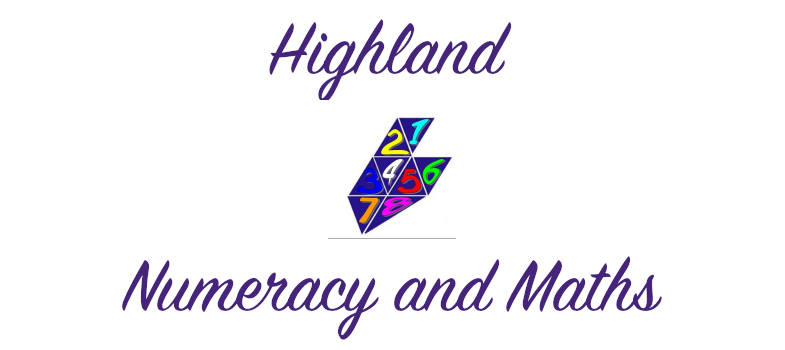10.3 Overview of Learning
Now you have completed Part 1 and Part 2 of the diagnostic assessment training, you will hopefully feel you have a better understanding of the following:
Personal Professional Development
- A more in depth understanding about the stages of thinking that pupils move through in relation to addition and subtraction and the areas of knowledge that feed into this (including their connection with Early Level through to the beginning of Third Level).
- A more in depth understanding about the strategies that pupils use and their effectiveness (depending on the numbers).
- A more in depth understanding about the common misconceptions that pupils have in relation to addition and subtraction problems and the five areas we explored as part of the knowledge assessments.
- A more in depth understanding about the importance of teaching for understanding as opposed to using rote learning, procedures or tricks. This includes an awareness of the idea that while this may result in correct answers, it may have a negative impact in the long term as the pupils lack the actual mathematical knowledge and understanding that underpins what they are doing.
Use of the Diagnostic Assessments:
- A more in depth understanding of how to use the addition and subtraction and knowledge diagnostic assessments including:
- delivering
- recording (pupils' strategies and general observations)
- scoring (using the optional scoring system)
including how the knowledge and strategy assessments are scored differently - levelling (providing an overall level judgement)
including how the knowledge and strategy assessments are levelled differently - A greater awareness of how to use the coding sheet and the response and level guidance across the assessments.
- A greater awareness of how to analyse the results of the assessments.
- A greater awareness of how to decide on next steps for a pupil and where appropriate use the Highland Numeracy Progression to support next steps.
- A greater awareness of how to consider the range of assessments together and how gaps in one can impact on or are related to another including how to use this information to influence your planning and teaching.
